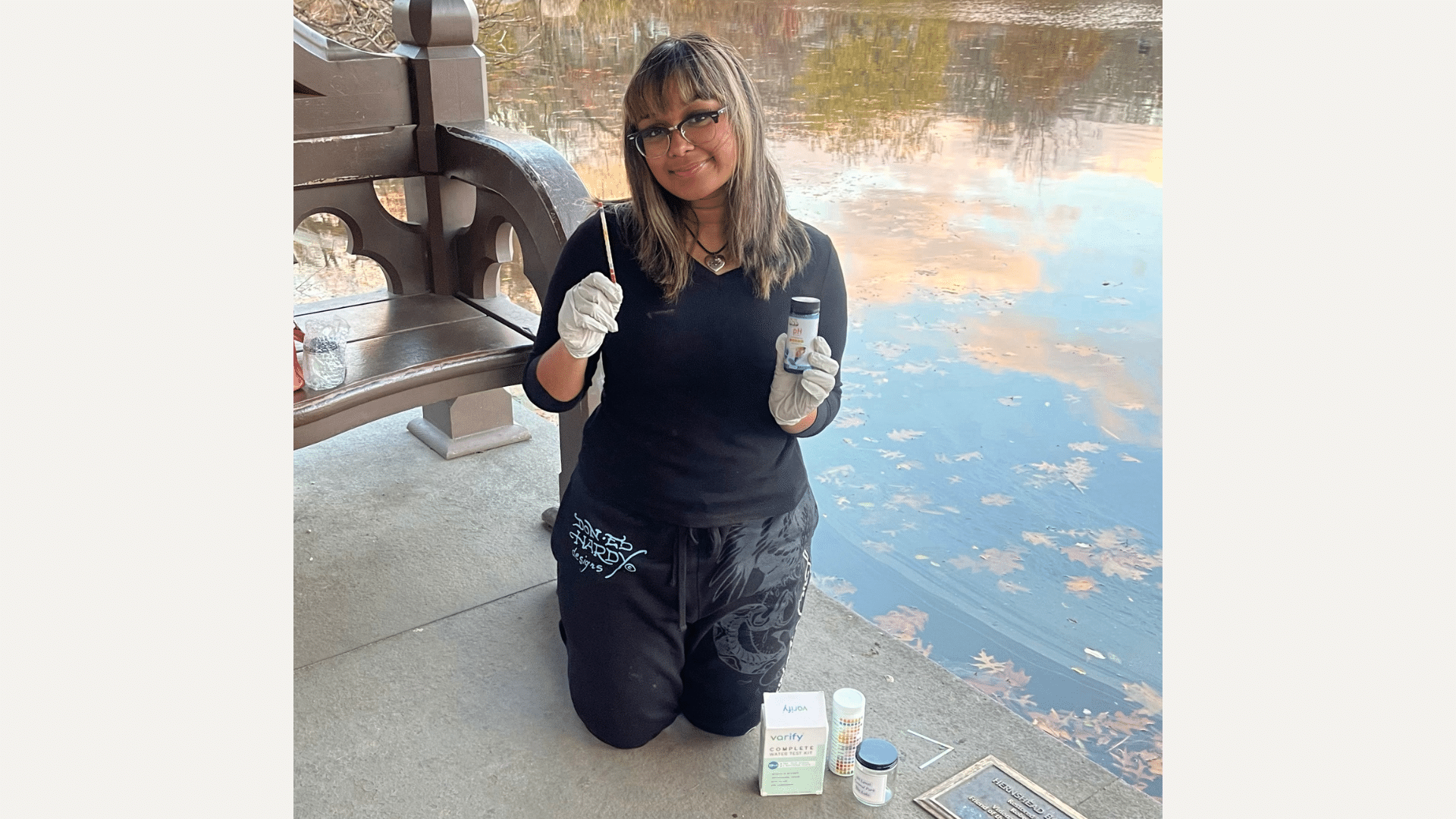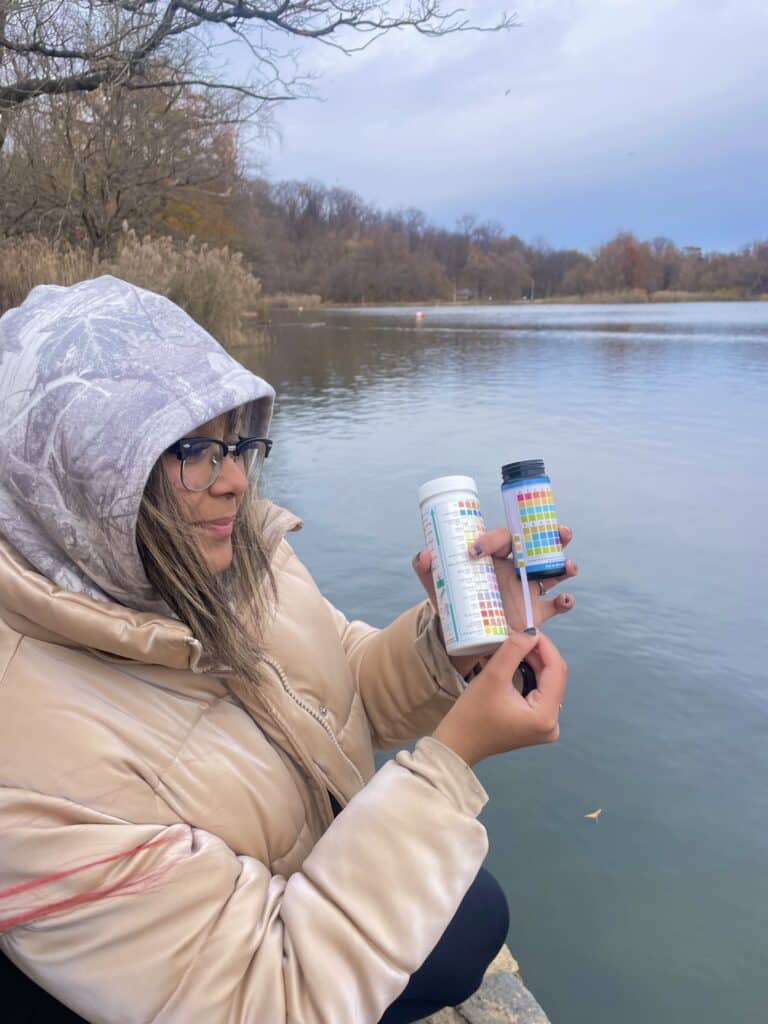High School Ecology Internship: Q&A with Student Shahzeen Chowdhury
By Natural Areas Conservancy on January 17, 2025

By Natural Areas Conservancy on January 17, 2025

The Natural Areas Conservancy runs the Student Urban Nature (SUN) high school internship program through July and August of each year. This is a paid urban ecology program for rising junior and seniors in Queens or Staten Island. The internship is centered on fostering interest in science and nature by connecting students to their local natural area and its ecology.
Shahzeen Chowdhury is a senior at Midwood High School and a resident of Queens, who participated in the SUN program in summer 2023. She conducted a research project on trail maintenance and this experience helped inform her work on a high school research project on invasive plants. We had a chance to catch up with Shahzeen to hear about her reflections on the program and what’s next for her in the field of ecology!
SC: Upon seeing the flyer for NAC’s SUN internship program, I knew immediately that I wanted to be a part of it due to my passion for environmental conservation in urban areas. The opportunity to contribute to the preservation and enhancement of New York City’s natural areas, while gaining hands-on experience in both fieldwork and research, deeply resonated with my interests.
NAC’s dedication to protecting and restoring urban ecosystems aligns with my commitment to sustainability, and I was excited about the chance to engage in meaningful projects that make such a significant impact on the environment.

SC: As we collected various sorts of data, my group and I presented on the significance of trail management and maintenance. This included a history of NAC and their journey in restoring NYC’s natural areas, along with the complex foundation of Forest Park trails–including closing off “desire lines” and installing trail structures. We explained the functions and materials needed to build different trail structures, such as drainage dips, puncheons, and water bars. Additionally, we explored trail maintenance and restoration, soil decompaction, invasive species removal, and the closure of trails that served as party sites.
Our presentation ended with a proposal consisting of issues we observed, such as exposed tree roots and steepness, and fixes that include creating a “root bridge” and adding soil to address the steepness. We also suggested adding more garbage cans around the park by the trails and improving the signage around Forest Park. Another part of our research consisted of interviewing regular visitors of the park, in order to gain an understanding of their awareness of conservation methods. Based on our survey of 70 people at Forest Park, 80% were aware of the trail structures but only half of them knew the purpose they served.
SC: This experience not only allowed me to gain insight into plant identification, learning to recognize species through the shapes of their leaves and other characteristics, but it also deepened my understanding of what goes into managing invasive plants. It taught me many valuable skills that I later applied in my research on how invasive plant species impact the abiotic factors of aquatic ecosystems. For example, I learned what makes a plant invasive, whether through its behavior in the environment or its origin. Additionally, I gained experience in the proper techniques for testing water pH, collecting samples, selecting sampling locations, and understanding various abiotic factors of water, such as sunlight and temperature.

Shahzeen Chowdhury’s high school science project, developed in part through her summer internship with the NAC.
SC: As I begin a new chapter in my life, starting college, I’m hoping to continue conducting environmental research. Especially in opportunities that involve traveling abroad and dedicating time to focused projects. I look forward to building on my experiences with the Natural Areas Conservancy, engaging in both fieldwork and lab work!
Learn more about the Student Urban Nature high school internship and join an info session on January 22, 2025, or January 24, 2025.